Bauhaus Architecture: A Comprehensive Guide to Modern Design
What is the Bauhaus Architecture style?
If you’re like most people, you might have no idea what we’re talking about. But fear not! We’ve got you covered; In this blog post, we’ll explore the history of Bauhaus Architecture, its key features, and why it’s still relevant today. Get ready to become an expert on one of the coolest architectural styles in history out there!
Bauhaus Architecture is a style of architecture that emerged in Germany in the early 20th century. It’s characterized by its use of simple, geometric shapes, clean lines, minimalism, simplicity, and functional design.
It is also a revolutionary design movement; it has left an indelible mark on modern architecture and continues to inspire architects and designers worldwide.
 |
| Bauhaus Building in Dessau, Germany, is a Unesco world heritage, Photo: allaboutworldheritage.com |
This article provides a detailed exploration of the history, principles, and influence of Bauhaus architecture, delving into its key features and showcasing iconic examples.
1. Emergence, Origins, and History in Brief
The Bauhaus school was founded in 1919 by architect Walter Gropius in Weimar, Germany. It aimed to bridge the gap between art and industry, combining craftsmanship with modern manufacturing techniques. Gropius envisioned a multidisciplinary institution that would foster collaboration among artists, architects, and craftsmen.
The school later moved to Dessau and then to Berlin before its closure in 1933 due to pressure from the Nazi regime.
2. Principles of Bauhaus Architecture
Bauhaus architecture was guided by several key principles:
- Functionality: Bauhaus architects believed that form should follow function. Buildings were designed to be practical, efficient, and tailored to their purpose.
- Simplicity: Clean lines, geometric shapes, and minimalist aesthetics characterized Bauhaus design. Ornamentation was stripped away, emphasizing the beauty of simplicity.
- Rationality: Rationality and logic played a crucial role in Bauhaus architecture. It emphasized the use of standardized modules and industrial materials to achieve cost-effective and scalable designs.
- Technology: Bauhaus embraced new materials and construction techniques of the time, such as reinforced concrete and steel frames. The movement sought to create a harmonious relationship between technology and design.
3. Key Features of Bauhaus Architecture
Characterized by several distinctive, this architectural style features:
- Cubic Forms: Bauhaus buildings often featured simple cubic forms, emphasizing geometric shapes and sharp angles.
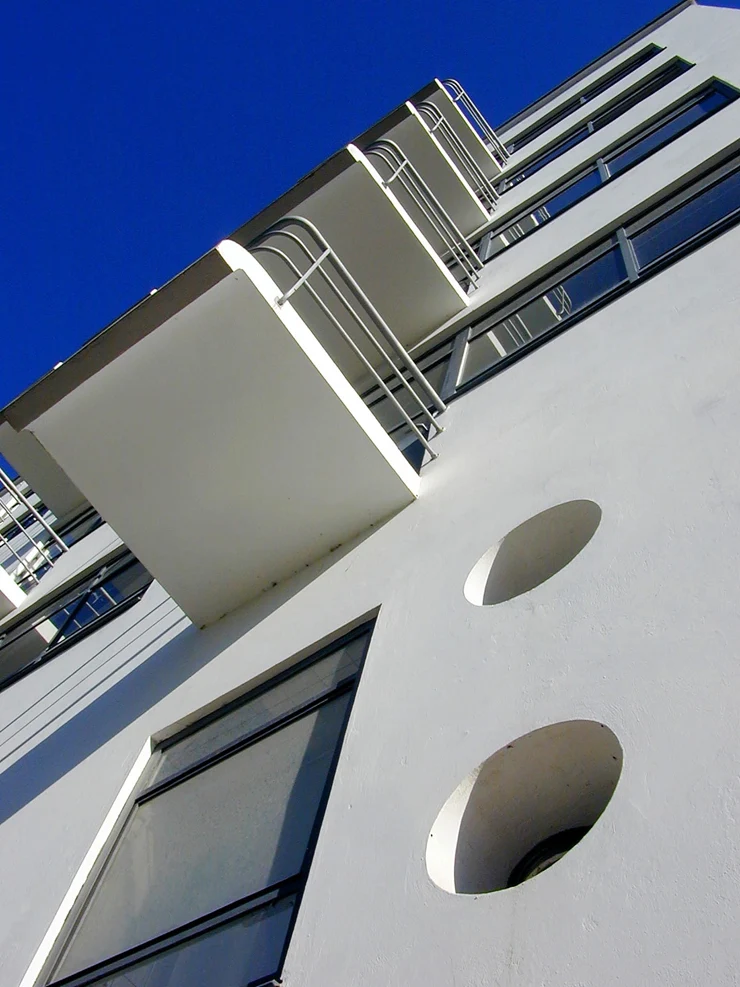 |
| Bauhaus buildings often featured simple cubic forms, Photo: pikist.com |
- Open Floor Plans: Spaces were designed to be open and flexible, allowing for the flow of natural light and accommodating various functions.
- Large Windows: Expansive windows were incorporated to maximize natural light and blur the boundaries between indoor and outdoor spaces.
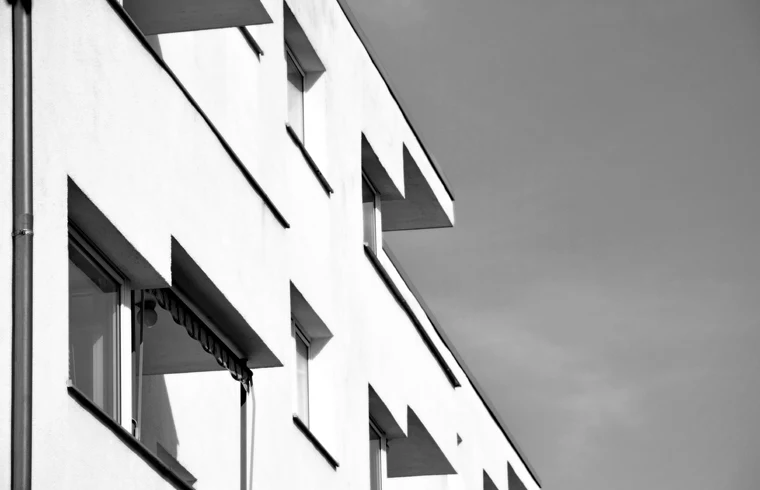 |
| The Bauhaus is characterized by its large windows, Photo: pikist.com |
- Flat Roofs: Bauhaus buildings typically had flat roofs, which served both functional and aesthetic purposes, providing additional usable space and contributing to the modernist aesthetic.
 |
| Bauhaus buildings feature flat roofs to celebrate modernism, Photo: pikist.com |
Overall, one of its prominent characteristics is the integration of form and function, where buildings were conceived as practical spaces that harmonized with their surroundings. Simplicity and minimalism were emphasized, with clean lines, geometric shapes, and a focus on asymmetry.
Bauhaus architecture embraced industrial materials like steel, glass, and concrete, rejecting ornate embellishments in favor of sleek, efficient designs. Another key aspect was the concept of "Gesamtkunstwerk," or the total work of art, which aimed to unify various art forms including architecture, interior design, and furniture.
This interdisciplinary approach fostered collaboration between architects, craftsmen, and artists, resulting in cohesive and integrated spaces. Bauhaus architecture continues to inspire modern design, leaving a lasting legacy of functional aesthetics and innovation.
4. Influence of Bauhaus Architecture
Bauhaus architecture had a profound influence on the development of modern architecture and design. Its principles and aesthetics can be seen in numerous iconic buildings around the world, such as the Farnsworth House by Ludwig Mies van der Rohe and the Bauhaus Dessau building itself. The movement's emphasis on functionality, simplicity, and rationality paved the way for the modernist movement and continues to shape contemporary design.
5. Some Notable Examples of Bauhaus Architecture
Bauhaus architecture produced several iconic projects that are celebrated for their groundbreaking design principles. Here are a few notable examples:
- BAUHAUS BUILDING (Dessau, Germany): Designed by Walter Gropius, the founder of Bauhaus, this building served as the main campus for the school from 1925 to 1932. It epitomizes the Bauhaus aesthetic with its simple, cubic forms, ribbon windows, and functional layout. The building exemplifies the integration of art, craft, and technology, embodying the ideals of the Bauhaus movement. (Refer to Fig. above)
- FAGUS FACTORY (Alfeld, Germany): Constructed in 1911, this factory designed by Walter Gropius is considered a precursor to Bauhaus architecture. It features a glass curtain wall façade, steel frame construction, and an open interior layout, showcasing the influence of industrial materials and functional design.
 |
| The Fagus Factory (Alfeld, Germany), Photo: i.pinimg.com |
- VILLA TUGENDHAT (Brno, Czech Republic): Designed by Ludwig Mies van der Rohe, one of the prominent Bauhaus architects, this private residence completed in 1930 is hailed as a masterpiece of modern architecture. It incorporates open spaces, large glass surfaces, and a flowing floor plan, blurring the boundaries between the interior and exterior and showcasing Mies van der Rohe's famous dictum "less is more."
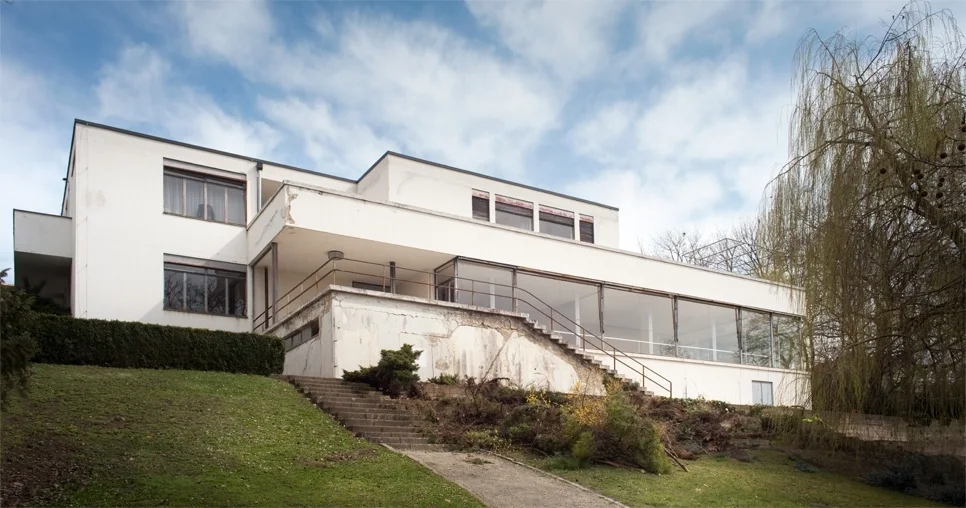 |
| Villa Tugendhat was designed by Architect Ludwig Mies van der Rohe, Photo: metalocus.es |
- THE DESSAU MASTERS' HOUSES (Dessau, Germany): These semi-detached houses were built in the 1920s as residences for the Bauhaus faculty, including artists and architects such as Walter Gropius, László Moholy-Nagy, and Lyonel Feininger. Each house reflects the individual style of its occupant while adhering to the principles of Bauhaus design, creating a harmonious ensemble of modernist dwellings.
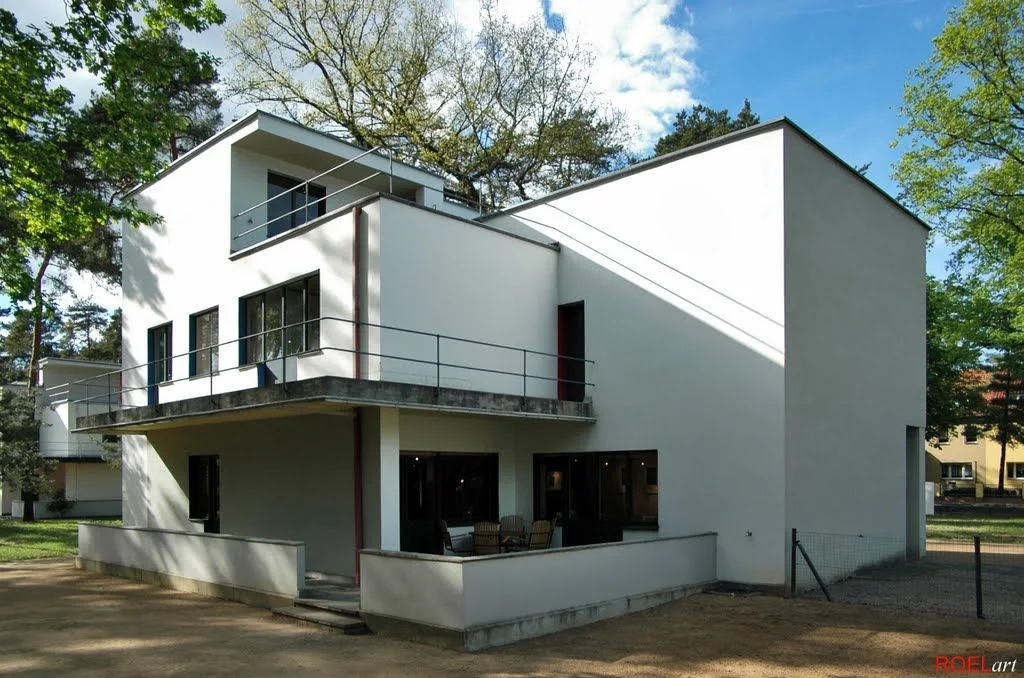 |
| The Dessau Masters' Houses were built as residences for the Bauhaus faculty, Photo: i.pinimg.com |
These projects, among others, demonstrate the enduring influence of Bauhaus architecture and its impact on the development of modern design.
6. Conclusion
Bauhaus architecture remains a powerful force in the world of design, celebrated for its timeless principles and innovative approach. By merging art, craftsmanship, and technology, Bauhaus architects created a new paradigm that still resonates today. From its origins in Germany to its global impact, the Bauhaus movement continues to inspire and influence architects and designers worldwide.
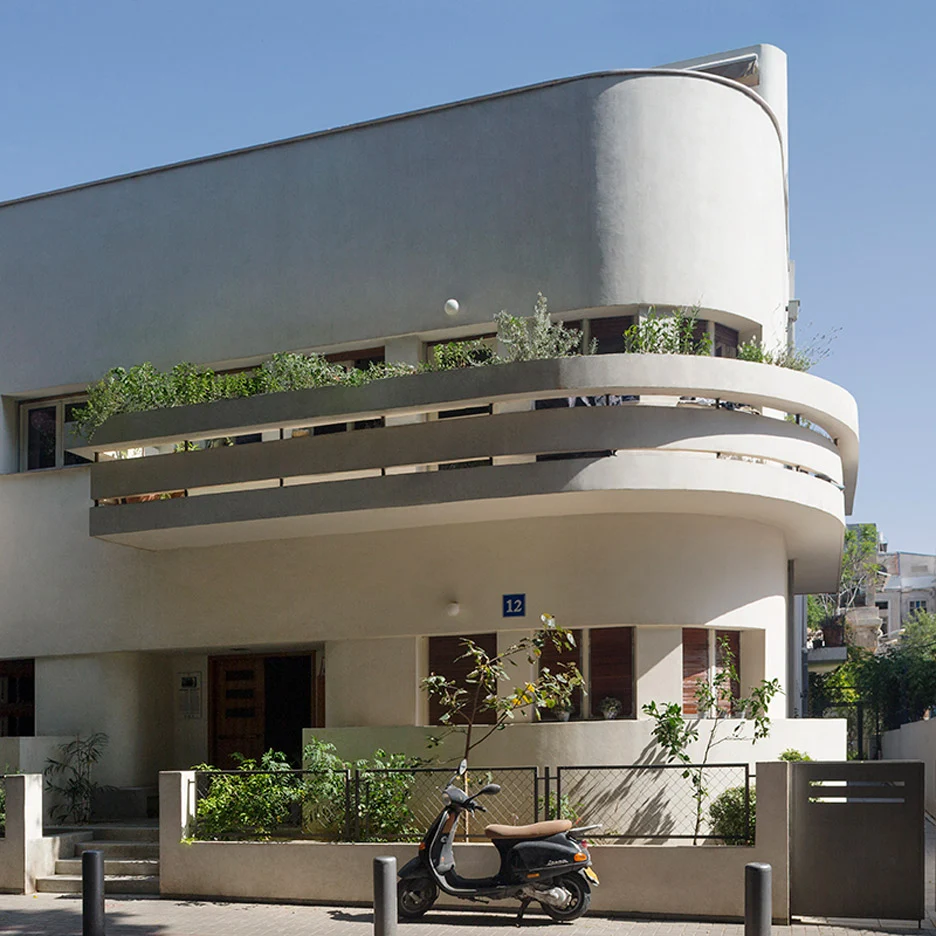 |
| Another location unknown building featuring Bauhaus architectural style, Photo: static.dezeen.com |
7. Frequently Asked Questions
7.1. What is the Bauhaus architectural style?
The Bauhaus architectural style emerged in Germany during the early 20th century. It emphasizes functionality, simplicity, and rationality in design, with clean lines, geometric shapes, and open floor plans as key features.
7.2. Who were the key figures of the Bauhaus movement?
The Bauhaus movement was led by influential figures such as Walter Gropius, Ludwig Mies van der Rohe, and Wassily Kandinsky, who contributed to shaping its philosophy and approach to design.
7.3. What are some famous examples of Bauhaus architecture?
Iconic examples of Bauhaus architecture include the Bauhaus Dessau building in Germany, the Farnsworth House in the United States, and the Barcelona Pavilion in Spain, all known for their modernist aesthetics and innovative design principles. (Refer to the related section above)
7.4. How did Bauhaus architecture influence modern design?
Bauhaus architecture revolutionized modern design by prioritizing functionality, simplicity, and the use of industrial materials. Its principles laid the foundation for the modernist movement and continue to shape contemporary architecture and design practices.
.png)






